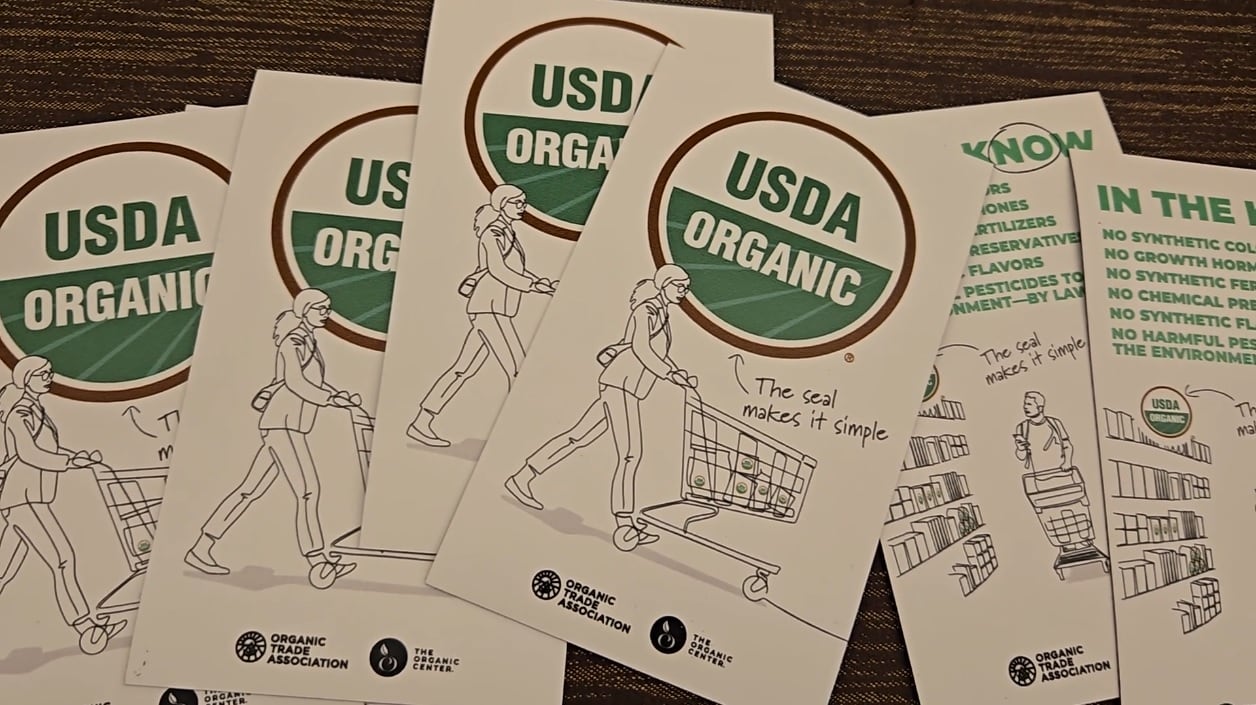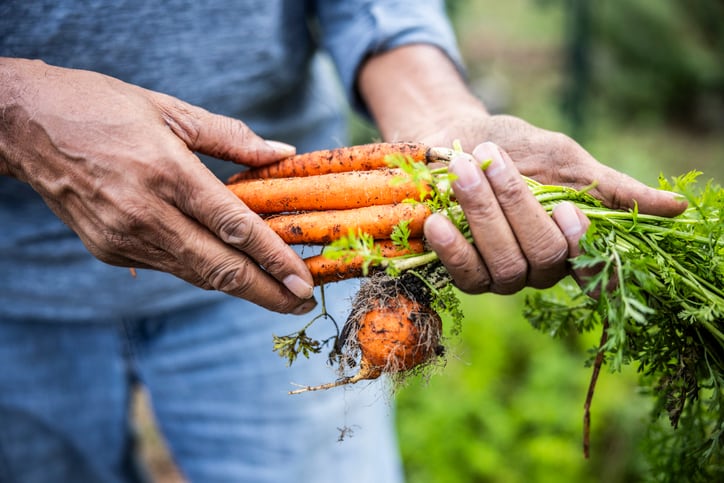A silver lining of the ongoing trade war for the US organic industry could be increased investments in local processing and infrastructure that could boost production and increase small and mid-size farmers’ access to the higher prices associated with the USDA certification, according to stakeholders.
But in the time it takes for those investments to expand organic production capabilities, supply chains and capacity domestically, consumers likely will see higher prices – and some may not be able to afford organic any longer given the pre-existing premium between it and conventional alternatives, they added.
Can an unfolding nightmare become a good dream come true?
“Tariffs this year have been a nightmare,” Hobbs Wolcott, president of Tradin Organic, told attendees at the Organic Trade Associations annual meeting in Washington, DC, last week.
As an organic ingredient supplier that sources domestically when possible but also imports from 50 to 60 countries, she explained, many organic ingredients cannot grow in the US, but even of the crops that can be “there is not enough domestic production to supply the need for organic ingredients.”
Part of the problem – even before the tariffs – is not all certified organic farmers can access sufficient certified processing, storage and distribution capacity, which means even though their ingredients are organic, they may not be able to transport it up the organic supply chain to meet manufacturers’ and consumers’ demand, added Tim Griffin, VP of procurement at Amy’s Kitchen.
He argued that a potential benefit from pricing pressures from tariffs could be increased investments in domestic processing “that allow us to take advantage of growers that are doing organic here.”
But, he adds, “it all comes with a tradeoff. It is not a zero-sum game. So, I think there will be some positives that will come out of it, but whether that nets out positive – I am skeptical.”
Rather, he said, “it is still going to be unfavorable for consumers.”
Could the organic industry lose current shoppers due to tariffs?
Wolcott agreed the tariffs may benefit US farmers, but she said it will take “years and years and years to grow our industry to where it would need to be to support even a higher percentage” of demand.
And in the meantime, she argued, “there is no denying that it is going to raise prices to the consumer, and on the organic market, I am not sure how much more higher prices they can take as well” given most organic items already are more expensive than their conventional counterparts.
Strategies for managing tariffs’ impact
To help keep organic accessible to consumers, Amy’s Kitchen is committed to absorbing as much of the impact from the tariffs as possible to reduce the need for price hikes, Griffin said.
But, he acknowledged, this is not a strategy that Amy’s Kitchen along can successfully execute – the manufacturer needs compromise from foreign suppliers.
“We have suppliers overseas that are critical partners to us, and some of those we had contracts with where we guaranteed a price, and so we weren’t going to be in game of just saying, ‘Tough.’ Our strategy has always been we want partners for the long term. We weather these storms together. We help each other out,” Griffin said.
As a result, he said, Amy’s Kitchen is in constant communication with suppliers to understand and share the impact of tariffs on each part of the supply chain and adopt strategies that are fair for every player.
To do this, Amy’s Kitchen created a dedicated tariff taskforce to ensure it “understood at any given moment what risks and exposures were, what were levers we thought we could reasonably take action on immediately,” but also to concur with external partners, Griffin said.
Tradin Organic also adopted an open communication approach to whether the impact of tariffs, Wolcott said.
“The immediate thing we did was have to put terms on all our contracts that things could change, because we don’t know where they’re going to be and we can’t take it all on ourselves. So, very open and communicative with our customers and there, if the tariff goes up or down, we’ll follow that with them,” she explained.




